Native Plant Tips.
tuben
7 years ago
last modified: 7 years ago
Featured Answer
Sort by:Oldest
Comments (9)
Related Discussions
Need tips on rooting native azaleas
Comments (7)Deciduous rhododendrons like most of the native American species are difficult to root. The best course is to take cuttings when the current year's growth has hardened somewhat but is still flexible. Wound the base of the cuttings, use a relatively strong rooting hormone and place the cuttings in a mixture of 50% peat and 50% perlite. Cover the flat with clear plastic on a wire frame and keep in a bright place without direct sun. Then hope and be patient. Anoher option is to collect seed when ripe, sow on spahgnum or live moss above the peat/perlite mixture in a flat covered with plastic. Water with distilled water or rain water. The seedlings grow relatively quickly....See MoreCA native Salvia spathacea -- germination tips ?
Comments (8)Speaking of salvia spathacea,I planted hummingbird sage plants in February and they haven't been doing very well in my yard. They get intense sun for about 2/3 of the day, and in shade for 1/3 of the day. I can never figure out if I'm giving them too much or too little water. Anybody have any suggestions? Are your hummingbird sages in more shade than mine? Thanks!...See MoreFL Native Plant Scty Fall Native Plant Sale Oct 10 Port Orange
Comments (1)thanks! I'm passing this along......See MoreTrinity Forks Native Plant Society of Texas: Plant Sale
Comments (0)Plant sale at Flower Mound http://kfmb.org/home/going_green_matters_fair...See Moretuben
7 years agolast modified: 7 years agoUser
7 years agolast modified: 7 years agoUser
7 years agoAG
7 years ago
Related Stories
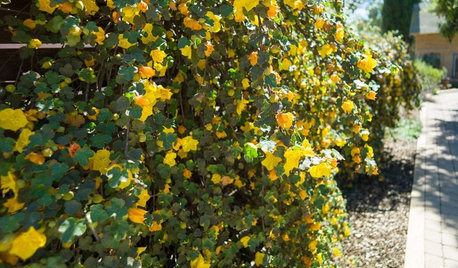
GARDENING GUIDESTidy Up Sprawling Native Shrubs With These Pruning Tips
Sound horticultural pruning methods work for native and nonnative plants alike
Full Story
GROUND COVERSNative Alternatives to English Ivy, Japanese Pachysandra and Periwinkle
These shade-loving ground covers are good for the environment and say something about where you are
Full Story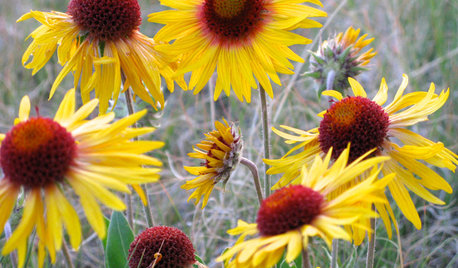
NATIVE PLANTS10 Top Native Plants for the Rocky Mountain Region
Give your landscape a sense of place, and attract pollinators and songbirds, with these native plants
Full Story
INSPIRING GARDENSNative Plants Bring 10 Southern California Front-Yard Gardens to Life
Rare plants, rain gardens and wildlife habitats are just a few of the features showcased on the 2016 Theodore Payne Native Plant Garden Tour
Full Story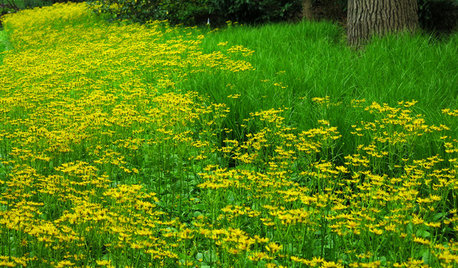
FALL GARDENING5 Native Early-Spring Bloomers to Plant This Fall
Think beyond tulips and daffodils this year with plants that you and native pollinators will love
Full Story
GARDENING FOR BUTTERFLIES3 Ways Native Plants Make Gardening So Much Better
You probably know about the lower maintenance. But native plants' other benefits go far beyond a little less watering and weeding
Full Story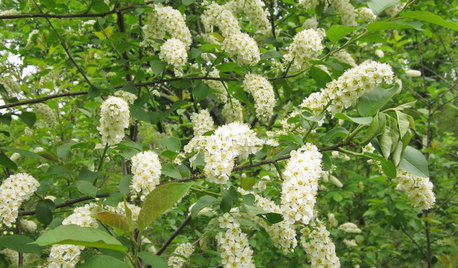
TREESNative Plant Alternatives to Invasive Common Buckthorn
Learn how to identify and control this aggressive plant, and what to grow in its place
Full Story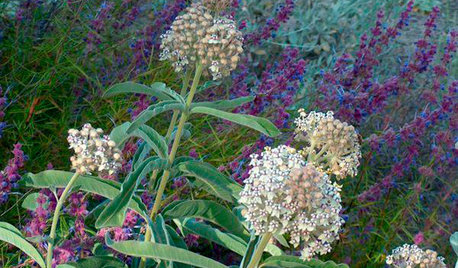
GARDENING GUIDES10 Top Native Plants for Southern California Gardens
Enjoy a fuss-free, water-wise garden by growing plants naturally in tune with the climate and wildlife of Southern California
Full Story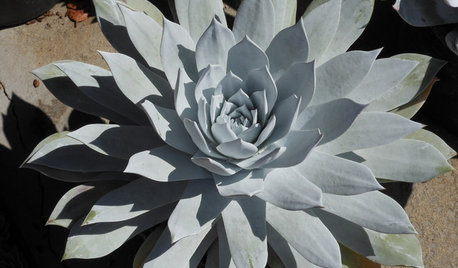
GARDENING GUIDESGreat Design Plant: Dudleya, a Dramatic California Native
Set up this succulent in native conditions and see just how little care it needs to thrive in the landscape
Full Story
NATIVE PLANTS5 Ways to Keep Your Native Plant Garden Looking Good All Year
It’s all about planning ahead, using sustainable practices and accepting plants as living organisms
Full Story


gardengal48 (PNW Z8/9)